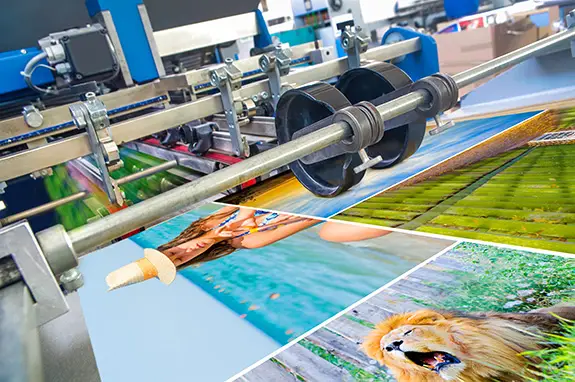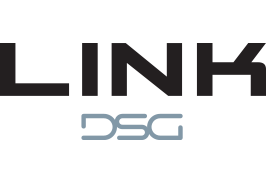Gone are the simple days of rolling up prints, wrapping them in craft paper, and delivering them to your client. This is now the age of custom graphics, custom binding options, and custom boxes, thus making everything a custom project. Even in the AEC market, one will find that clients have a strong desire for custom options. Anything from custom binding strips, which can be made out of brushed aluminum or acrylic, to die-cut, double-mounted business cards. There is even a need for boxes to be made in a variety of sizes, routed out or just with logos for small format presentations. The turnaround is truly remarkable for black and white drawing sets being ordered to now having a requirement for custom delivery options.
Some examples of the kinds of orders that more custom-centric clients will look for include custom binding strips in a multitude of sizes, different paper weight options for color CAD prints, various presentation binding options, and lastly, up-to-date dynamic paper options in varying weights, colors, and sizes. Some materials for larger scale projects include dibond (brushed aluminum), windscreen in countless colors, sizes, and weights, PVC (also in numerous colors, sizes, and weights), and finally acrylic in its various forms.
Color clients, ranging from marketing departments, agencies, sports teams, and the hospitality industry, have always had custom needs. This is because color printing requires a special kind of attention. From choosing the appropriate substrate to making sure you match your client’s brand colors, the need is — and always will be — custom. Examples of what this particular client will ask for include presentation boards, digital wall covering, fabrics, acrylics, dibond, scrim vinyl, adhesive vinyl, and PVC, in all their various sizes, colors, shapes, substrates, and textures. This is just the tip of the iceberg. The more creative client will require outside-the-box thinking that will put a lot of the above mentioned substrates to use in the same project. For example, two of these materials can be mounted together to mimic something heavier and with much more depth. For instance, steel can be mimicked by mounting eighth inch dibond onto half inch PVC and painting the sides silver. The piece will look like metal and will have the weight behind it to give it the feel of real steel.
In order to accommodate the growing needs of clients, one will need to do the following: listen, listen, listen (the client will convey what they are looking for), have a can-do attitude, never say no (there is also not an immediate need to say yes straight away; take it back to the production crew and strategize), take the project back to your team and ensure that it is a task that can be accomplished, offer digital and hard proofs, if installations are required, walk the area with the client and the install crew so that everyone is on the same page, and always bring the client new ideas and substrates to engage their creativity.
In this constant ever-changing world of printing, stay calm and remember to listen to the client; they will always lead you to the appropriate custom solution.
Thank you for reading this week's Thomas Printworks blog. Contact us today!





